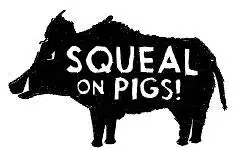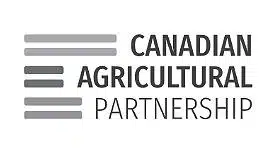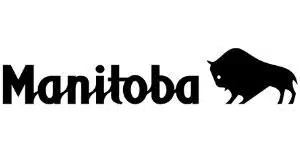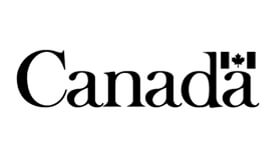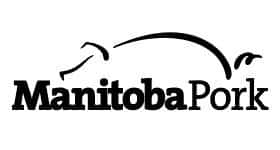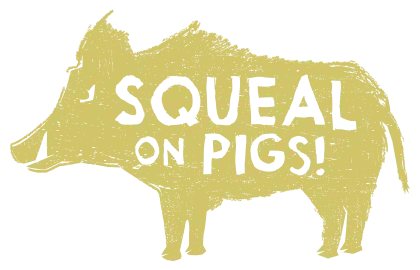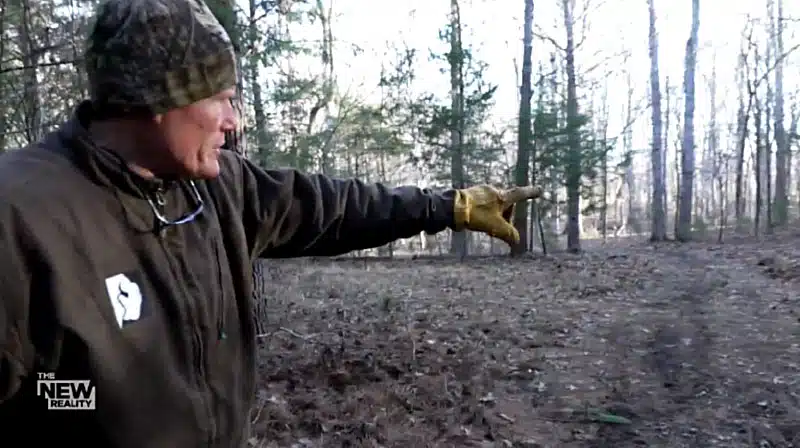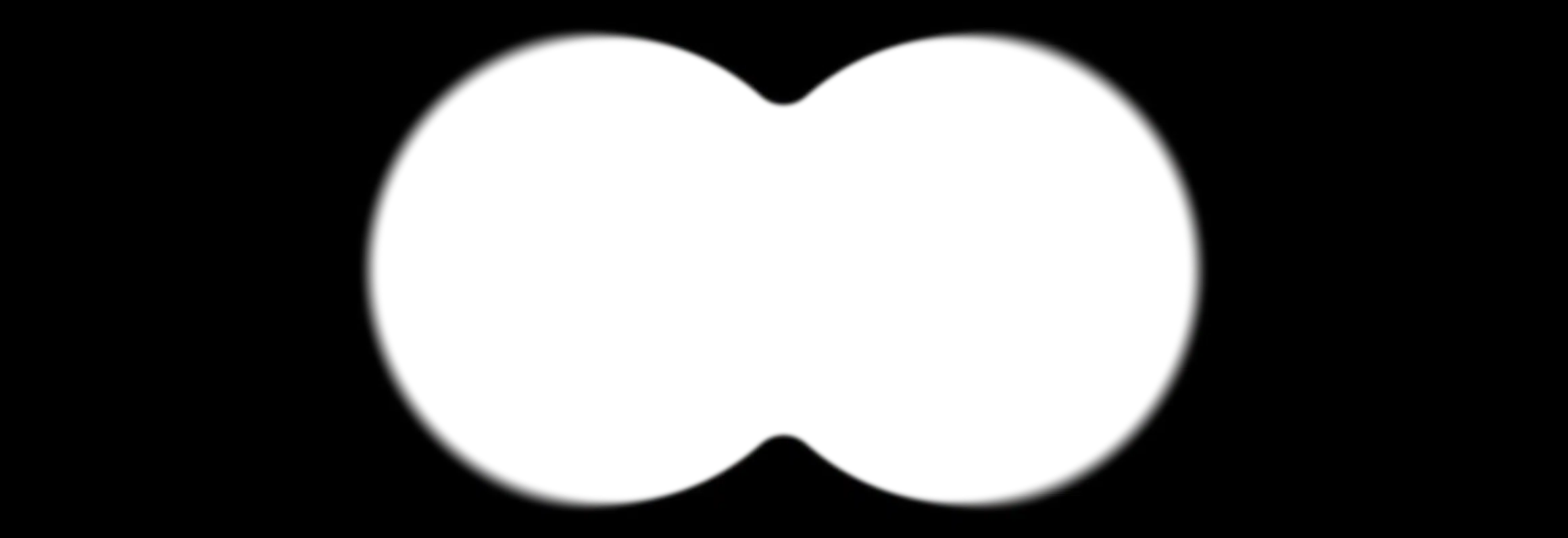

Wild pigs are
WIDESPREAD
in Manitoba
DO YOUR PART TO ERADICATE
THIS INVASIVE SPECIES
REPORT SIGHTINGS OR SIGNS.
Wild pigs pose a threat to rural Manitoba. They contaminate water sources, damage natural habitats and farm crops, and can spread up to 89 different diseases to commercial and small-scale livestock.
If you see evidence of wild pigs in your community, the best thing you can do is report it. Help your neighbours by sharing the information you see here. If we all do our part, we can eradicate wild pigs in Manitoba.
IF YOU SEE EVIDENCE OF WILD PIGS:
Call 1-833-SPOT-PIG or fill out the form below
Click here to print our brochure
Click here to download this resource in French
Report Wild Pig Sightings
Or Signs of Wild Pigs
WILD PIG REPORT FORM
Fill out the fields below to the best of your memory:
WHAT’S THE BIG DEAL WITH WILD PIGS?
WILD PIGS:
- Contaminate water sources with E. coli and other bacteria, putting public safety and health at risk
- Damage natural habitats, displacing wildlife and negatively impacting biodiversity
- Uproot and trample crops, destroying farmers’ hard work
- Can carry up to 89 diseases, threatening farm livestock
- Reproduce alarmingly fast, with females giving birth to four to 12 piglets up to twice a year
WHAT SHOULD I LOOK FOR?
Wild pigs come in different sizes and colours, but are mostly brown or
black with coarse, bristly hair. They can grow 3 feet high and 5 feet long.
Males typically have larger heads and tusks.
Look for:
Tree and post rubs – Wild pigs will use trees, posts, and fences to scrape off excess mud or dirt after wallowing.
Tracks – Wild pig tracks are rounded with blunt toes and appear around mud patches and wet soil. They are often mistaken for deer tracks.
Nests or beds – Groups of wild pigs build habitats out of cattails and other wetland grasses.
“Scat“ – Wild pig feces resembles that of dogs and may contain acorns, grains, animal hair, or feathers.
WHAT SHOULD I LOOK FOR?
Wild pigs come in different sizes and colours, but are mostly brown or
black with coarse, bristly hair. They can grow 3 feet high and 5 feet long.
Males typically have larger heads and tusks.
Look for:
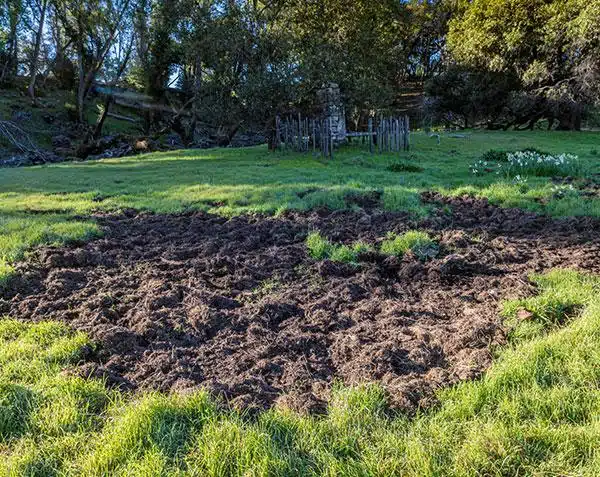
Rooting – This includes plants and crops.
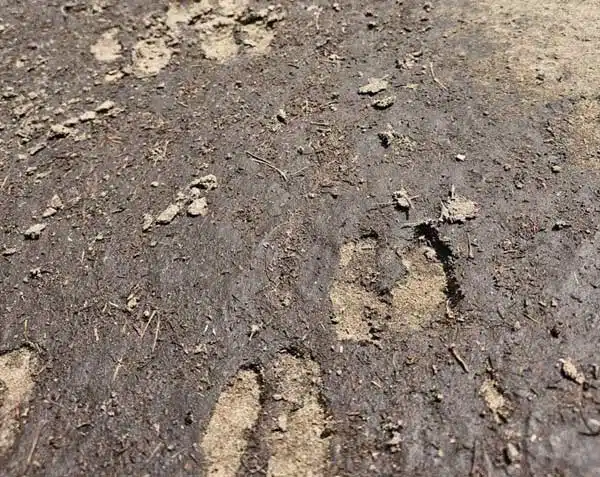
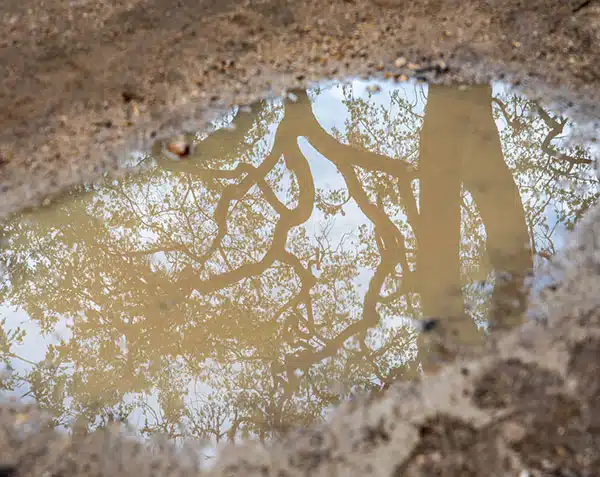
Wallows – These are wetland depressions wild pigs make to coat themselves in mud, damaging surrounding habitats.
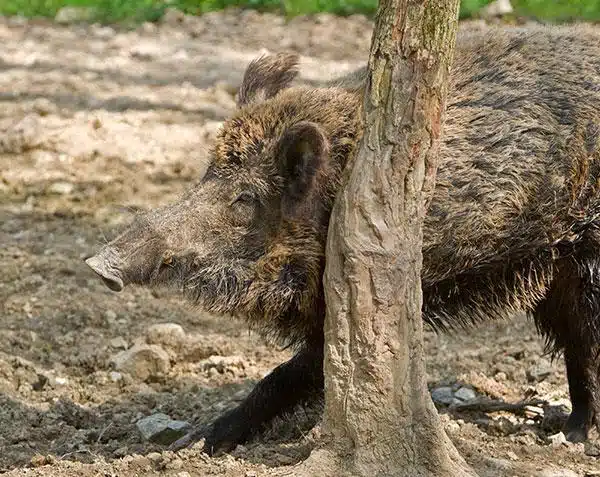
Tree and post rubs – Wild pigs will use trees, posts, and fences to scrape off excess mud or dirt after wallowing.
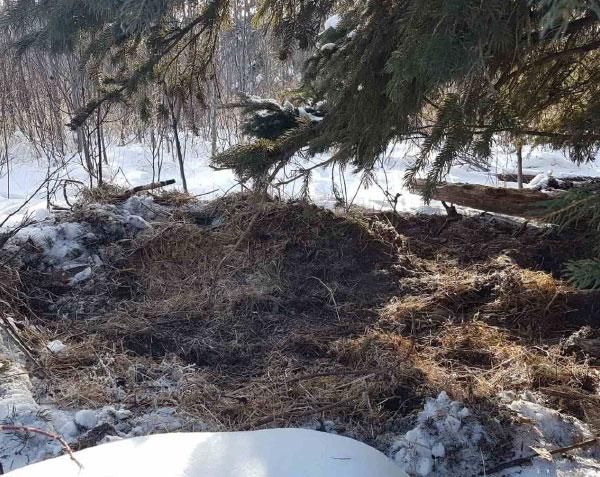
Nests or beds – Groups of wild pigs build habitats out of cattails and other wetland grasses.
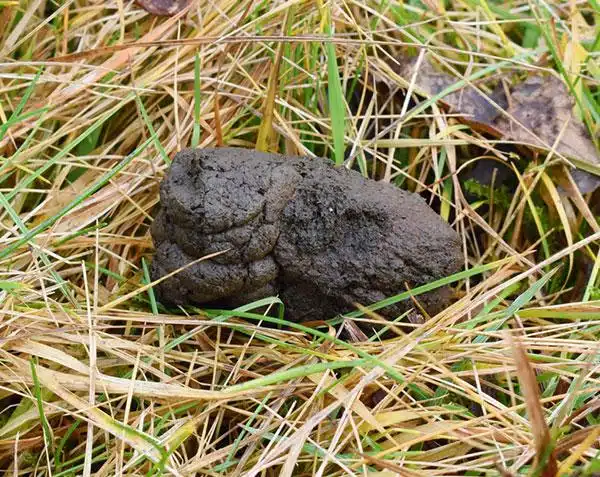
“Scat“ – Wild pig feces resembles that of dogs and may contain acorns, grains, animal hair, or feathers.
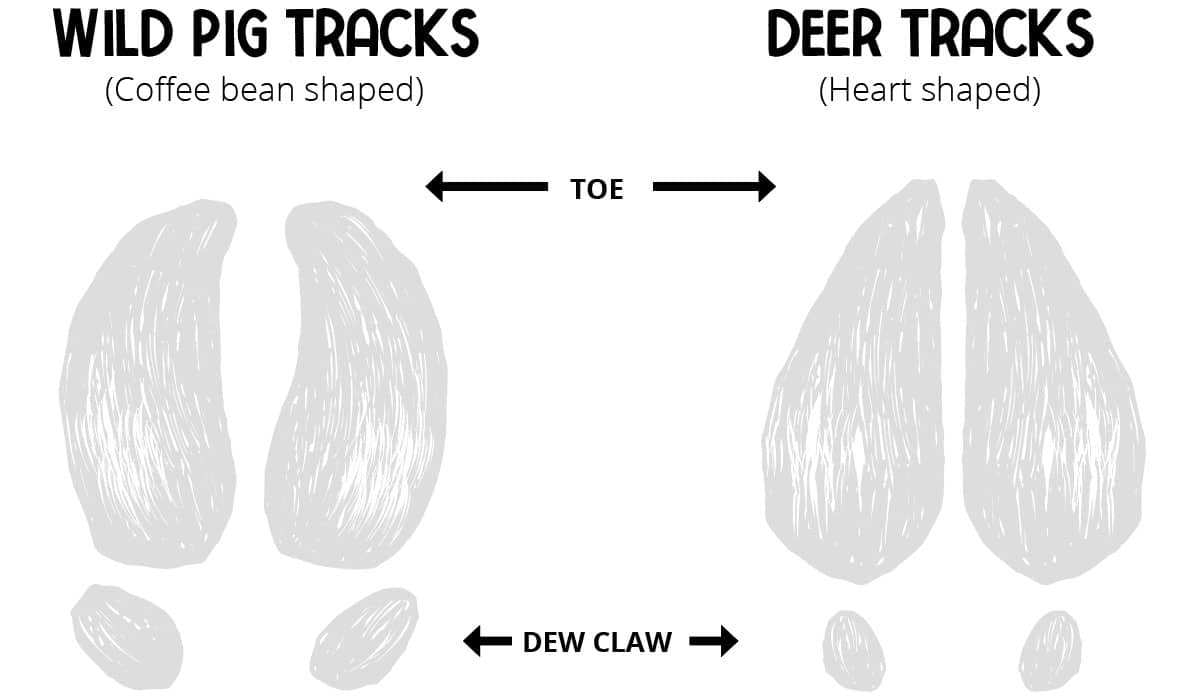
SHOULD I HUNT WILD PIGS?
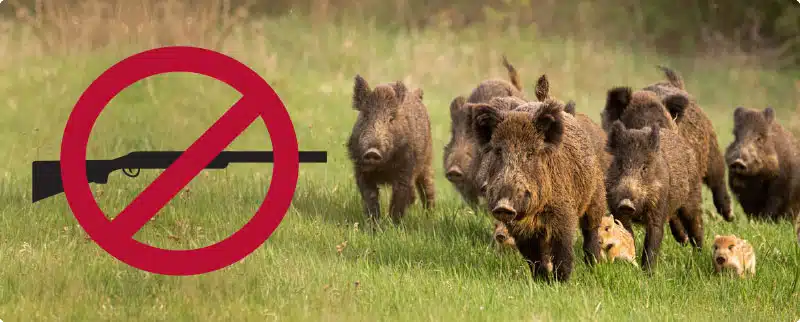
NO. CONVENTIONAL HUNTING IS NOT THE SOLUTION TO MANITOBA’S WILD PIG PROBLEM.
Hunting disperses wild pig populations over broader areas, changes movement patterns, and can harm trapping efforts. We are working to eliminate wild pigs through population surveillance and corral trapping, capturing pigs in groups to prevent further dispersion.
OUR MOST EFFECTIVE TOOL IS YOUR ATTENTION & COOPERATION.
Call
1-833-SPOT-PIG or fill out the form to report sightings
or signs of wild pigs.
By law, Manitobans who harvest a wild pig must report it to Squeal on Pigs by phone at 1-833-SPOT-PIG or through the reporting tool.
Small-scale pig farmers – protect your animals from wild pigs.
Learn more at
SMALLSCALEPIGFARMING.COM
“How wild pigs are threatening Canada’s ecosystems and economy”
